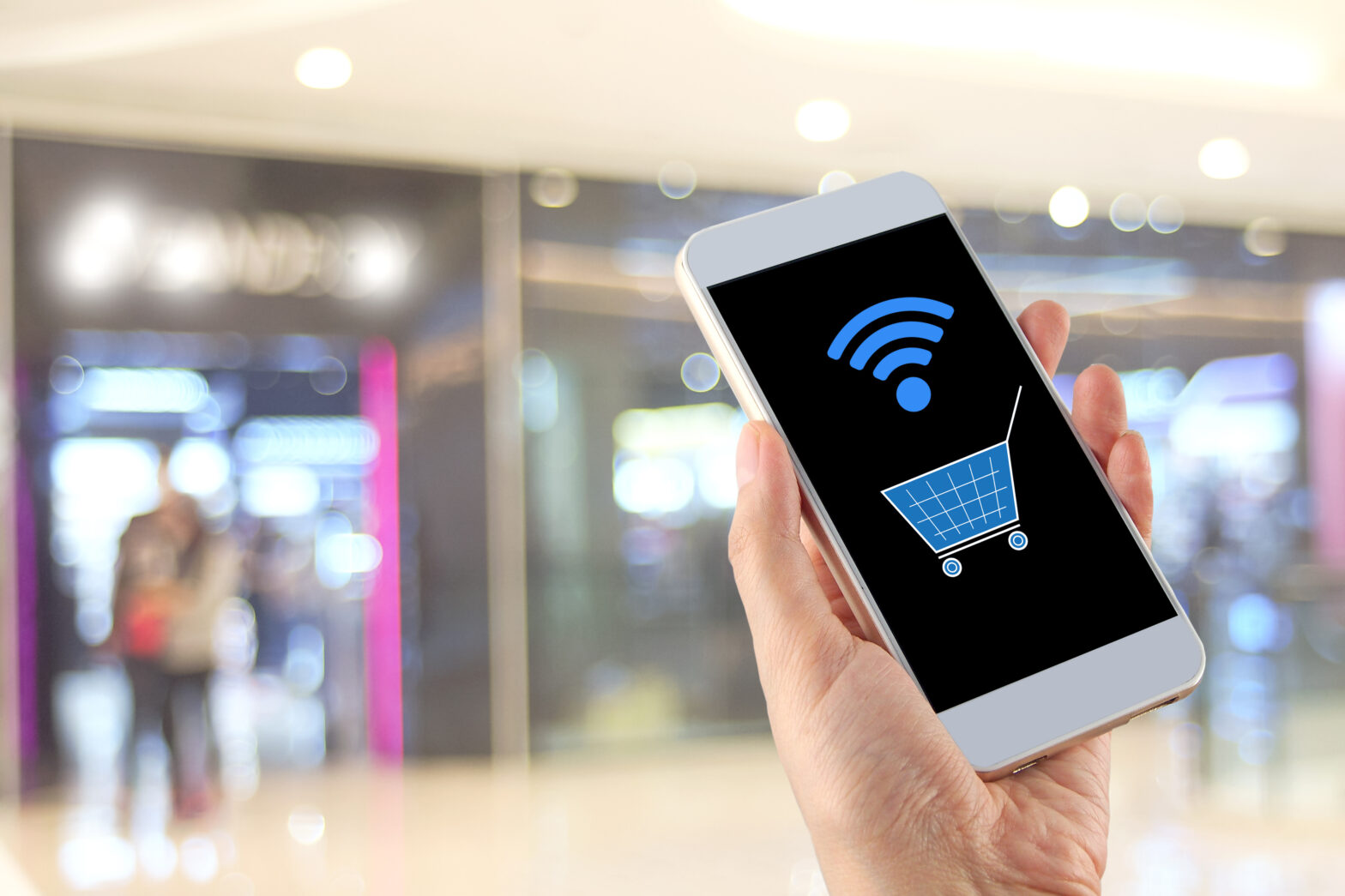As more commerce experiences move online, digital real estate has become a hot commodity. Nowhere is this more true than on mobile devices.
In fact, mobile drove the majority (55%) of visits to retail sites and accounted for 36% of sales this Black Friday.
With this in mind, forward-thinking retailers are investing in advanced mobile strategies for streamlined customer experiences that drive increased revenue.
Unfortunately, not every retailer has made this leap.
Clunky, unintuitive mobile experiences are still prevalent, and are detrimental for brands wishing to attract and retain mobile shoppers with short attention spans and easy access to competition.
But a user-friendly application alone isn’t enough to keep customers coming back on mobile devices. As m-commerce sales rise (with a projected growth at 39% for 2016), brands must make their products available in more parts of the customer purchase journey.
>See also: Consumers are disappointed in retail mobile apps: here’s how to fix it
The best way to drive this level of engagement is through contextual commerce, which allows consumers to purchase products directly within online content, social media and ads without driving them to a separate e-commerce site.
Through contextual commerce, brands can open new channels of revenue, provide a frictionless content-to-commerce experience and connect with mobile shoppers at the moment of inspiration.
Connect with shoppers at the point of inspiration
Contextual commerce brings transactional capabilities directly to the point of inspiration for consumers.
If a customer sees a product he/she likes in an ad, they shouldn’t have to navigate to the retailer’s site and hunt for it.
Contextual commerce allows he/she to immediately favorite or purchase the product directly through the advertisement.
This allows traditional digital advertising to not only act as a branding tool, but also a transaction driver.
Enable the immediacy of brick and mortar online
Contextual commerce coupled with on-demand retailers also allows brands to capitalise on the “I-need-it-now” segment of consumers that drive brick-and-mortar store sales.
Consumers usually enter a retail store looking to purchase a specific item, but leave with more than they came for.
Once they’re in the store, they can easily find other products they didn’t necessarily intend to buy but that they want.
>See also: Retailers are missing out on £6.6 billion a year by not being ‘mobile first’
While many e-commerce websites offer recommended products, they often show customers products that may not be relevant.
There is real sales opportunity here for certain sector of items. Imagine a consumer seamlessly adding items to his or his/her Instacart cart from content all across the web.
Competitive contextual commerce can bring the exploration and discovery offered in-store into the digital world.
Take the plunge
Citigroup recently released a report calling contextual commerce ‘one of the ten innovations that will completely reshape the future of the global economy.’
The key to widespread adoption on mobile will be consistency across platforms and channels for a trusted, frictionless content-to-commerce experience.
Forward thinking brands are leading the way by adopting open platforms that empower consumers to fill an online shopping cart with products wherever they are and purchase when the moment is right.
>See also: The world’s top mobile retailers
Implementing an open platform will allow retailers, brands and advertisers to allow their customers to easily add and purchase products through mobile thus driving more sales on mobile devices.
By 2020, US smartphone users are expected to represent approximately 70% of the population, and those users will expect engaging, simplified mobile experiences.
As the ultimate property manager of their digital real estate, these shoppers won’t hesitate to drop retailers who don’t meet their expectations.
This means retailers need to think beyond basic mobile offerings and consider forward thinking technology that drives conversions at the moment of discovery.
Sourced by Brian Marvin, COO and co-founder, Bringhub










